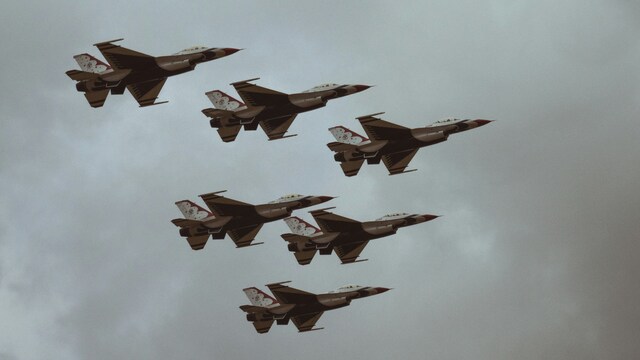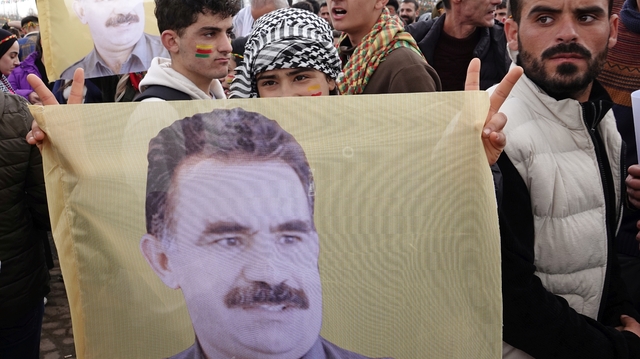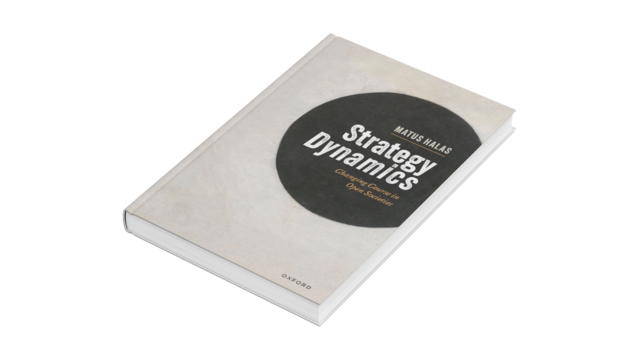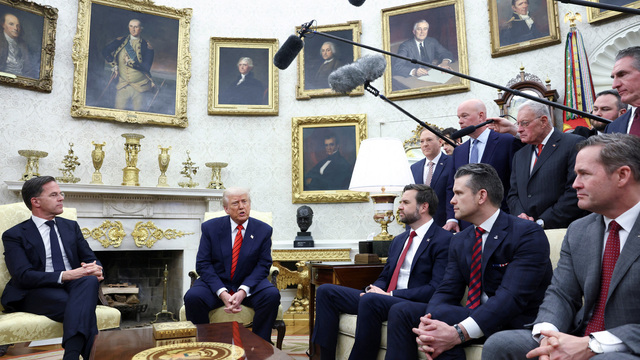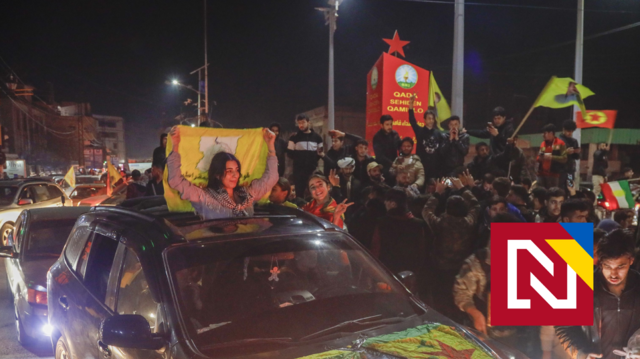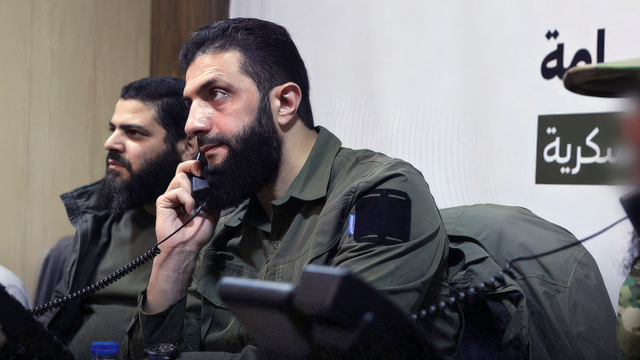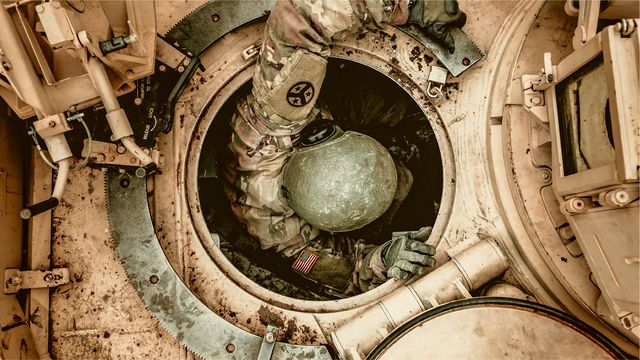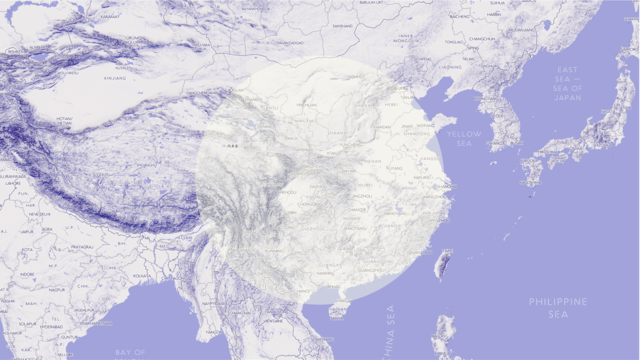Korean Summits: Is a ‘Spring Coming’ to the Peninsula?
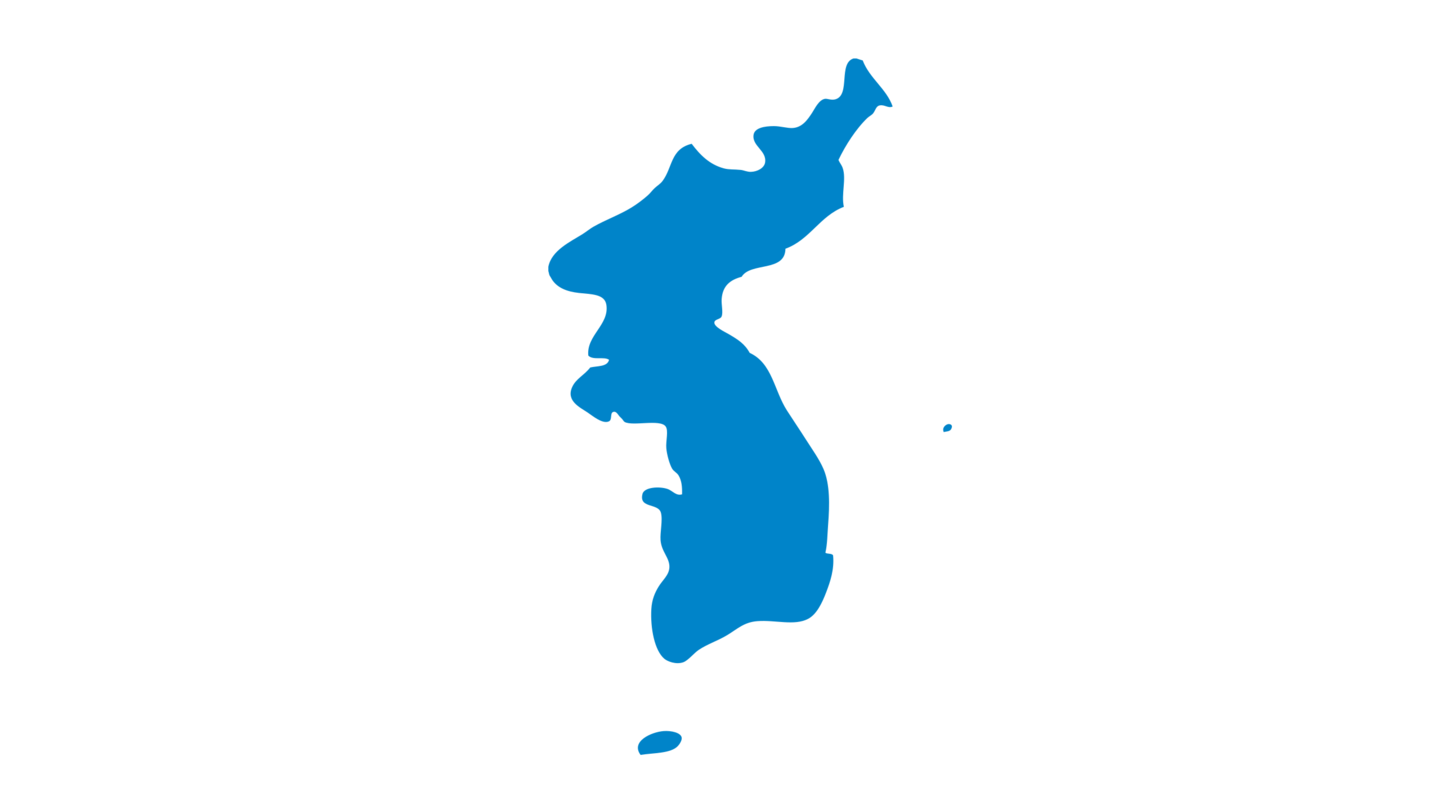
For the second time in the modern history of South Korea, the Olympic games held on its soil represented a symbolic diplomatic breakthrough. The 1988 Summer Olympics in Seoul came down in history as the benchmark of South Korea’s transformation into a global economic power when the international community finally took note of the ‘Miracle on the Han River’. Now, the PyeongChang Games earned the nickname of the ‘Peace Olympics’ as they provided an opening for negotiations regarding the politics of the peninsula after another series of rising security tensions. Though the commentators differed in their predictions on whether the political détente will outlive the games or not, it is undeniable that the Games brought about some unprecedented displays of soft power. The two Koreas marched under the same flag, put together a joint female ice hockey team and a combined Tae-Kwon-Do demonstration, and oversaw a set of art performances by the red-coated cheerleaders.
On a political note, there were similarly unprecedented sights. The talks over the participation of North Korean athletes brought both Koreas to face-to-face negotiations after 2 years of silence and Kim Jong-un’s sister, Kim Yo-jong, became the first member of the Kim family to set foot on the Southern soil. Most importantly, the Olympics have produced two vital diplomatic meetings that will take place later this Spring – the inter-Korean and the DPRK-US summits. Anticipation of these events set in motion dynamics that highlight the diverse mindsets and complex relations between the involved actors, implying that possible outcomes of the engagements range from a shared Nobel Peace Prize to open hostilities.
South Korea: The ‘Spring is Coming’ Campaign
In many ways, the fact that the diplomatic potential of the Olympiad generated a round of new diplomatic engagements was not as shocking as popularly perceived. The Games epitomized president Moon’s application of cultural diplomacy and subtle gestures in dealing with its northern counterpart that he formulated during his presidential campaign, and that he now continues in preparation for the April talks. After the series of cultural exchanges at the sports event, the inter-Korean summit, which is scheduled for April 27, was preceded by an inter-Korean art festival in Pyongyang symbolically titled: ‘Spring is Coming’. A team of 120 artists including South Korea’s cultural national brands such as a female K-Pop group Red Velvet or a Tae-Kwon-Do exhibition team set for the DPRK’s capital where two concerts, one individual and one joint, took place at the turn of March and April.
As the South Korean artistic team prepared for the deployment of cultural diplomacy, Moon travelled to the United Arab Emirates for bilateral negotiations regarding the South Korean construction of the Barakah nuclear plant reactor, and the future of the countries’ strategic partnership. Notwithstanding the successful trade agreement, there are reasons to think that the diplomatic exchange was purposefully timed in preparation for the inter-Korean summit as a projection of positivity. There were recent tensions between the two countries arising from a corruption scandal involving the former president Lee Myung-bak who allegedly pledged an unconditional military support for UAE in exchange for contracting South Korea with the construction of the nuclear power site. Political tensions caused by this deal were lifted through the ROK-UAE summit and it is clear to see the forward-looking message stemming from the official South Korean government coverage of the meeting. In a similar fashion, Moon’s currently pushing to re-establish the relations with China which deteriorated after ROK’s deployment of the THAAD system, and it is hardly a coincidence that the first joint economic committee session since 2016 has been organized to take place at the end of the month – in line with the inter-Korean summit.
North Korea’s Forwardness: Too good to be true?
When evaluating the current developments, which many commentators describe as too good to be genuine, it is suitable to address the DPRK’s perspective and ask: why now? The most popular among the analysts is the possibility that sanctions have finally began to bite and the regime is trying to obtain reliefs by abusing the South Korean openness to dialogue in the heat of the Pyeongchang OG. The sceptical add-on to this argument is the claim that North Korea is sweet-talking its neighbour into negotiations whilst it still develops the weapons as it did at the turn of the millennium during Kim Dae-Jung’s “Sunshine Policy”. This argument has been recently accelerated by the US Institute for Science and International Security, which reported that the Yongbyon nuclear reactor produces activity. Despite a justified logic for the pessimism, it is important to acknowledge that a nuclear reactor activity does not immediately equal a nuclear weapon test, and there is a chance that the DPRK is using it for the production of energy.
This option should not be disregarded as entirely naïve if we consider the possibility that North Korea might be interested in a peaceful success of the talks. An explanation for its forwardness that is not as often pronounced is a suggestion that it was the political pressure in combination with the economic stress which led to the 180-degree turn, and that the DPRK’s main motif to open up is its desperation. The impact of the increased sanctions last year was exponentially boosted when China, the DPRK’s major, and practically only, partner took part in enacting them, and vocally condemned the nuclear and ICBM tests. In addition to the serious considerations of the US pre-emptive strike, it is not completely out of question that North Korean leadership was pushed into a corner out of which the only escape was the Moon’s open Olympic door. North Korea should still be expected to hold onto its military might and the structure of its regime, but its diplomatic manoeuvres ranging from Kim Jong-un’s visit in Beijing to a cooperation between the South and North Korean Red Crosses imply that the North is ready to make concessions.
Ocean apart, the US administration in Washington has undergone an internal personnel makeover in preparation for the Kim-Trump Summit. In March, two textbook hardliners entered Trump’s foreign policy advisory cabinet after the president dismissed those who he deemed as incapable advisors. First to leave was the US Secretary of State Rex Tillerson who was outspokenly open to the idea of negotiating with North Korea, going as far as to offer a ‘first meeting without precondition’ in December 2017. Donald Trump’s twitter feed dismissed Tillerson three months after. He was replaced by the current CIA director Mike Pompeo who stands that the US will make no ‘concessions’ and prominently argued for a pre-emptive strike at the peak of the tensions last year. The second prominent change was a replacement of the already hawkish H. R. McMaster with an even accelerated version of a hardliner politician: John Bolton. The former US ambassador to the UN, Fox News commentator, and the author of the book ‘Surrender is Not an Option’, has still at the end of February 2018 pushed for a military attack and regime change by force in the DPRK. A perilous add-on to his statements is that he regards the potential attack not only as an ethically sound action but also as a legally legitimate step, meaning that he does not believe that international law is an obstacle to the American offensive in Northeast Asia. Leaving aside the ethically problematic dimension of Bolton’s statements as he completely brushes the humanitarian consequences of a military attack aside, he is wrong about the US’s legal right to strike the DPRK. No country in the region would give a green light to the red button, including China and its veto vote in the Security Council, and a potential attack would hence necessarily violate the international norms.
After Tillerson, the only cabinet member who rejects the possibility of attacking North Korea and disagrees with the withdrawal from the Iran nuclear deal is the Secretary of Defense, Jim Mattis. It is up for a discussion for how long he will remain in place, and even within his advisory position the space for his reasoning is limited in such social habitus. Possibly, the implications of these changes can cut both ways. On one – and the likelier – hand these personnel changes might hinder the talks as they leave very little space for the practice of negotiation. On the other, it could serve as a deterrent signal for the DPRK’s potential resolute refusal to denuclearise. The latter option is however more of a gamble than a thoroughly thought-out policy whose potential of a bargaining success is, given the current North Korean openness, at the very least questionable.
Other Actors in the Region: Devising Channels of Influence
The outcome of both Korean summits will depend not only on the aforementioned diplomatic strategies of the main three actors but also on other powers involved in the politics of the region. China’s role in the negotiations deserves a specific attention as it currently amends its relationship with both the South and the North. Cooperating with China on developing an approach for dealing with Kim’s regime could significantly increase the likelihood of a positive outcome as the currently released Chinese report on implementing sanctions against the DPRK suggests Beijing’s determination to facilitate peace in the region. Alongside Japan and Russia, the current statements by the EU officials also showcase a thread of influence. Besides its support for the upcoming summits, the organization revealed that it has held secret talks with North Korea over its nuclear programme in the past three years.
It is unclear how precisely will these actors navigate around the talks; as for now, both summits are structured in a bilateral spirit, unlike the Six-party talks a decade ago. The multiparty talks, which took place between the years of 2003 and 2008, failed to convince North Korea to give up its nuclear program and resulted in the regime’s divorce with the international community. Though there are many reasons to be optimistic over the present round of engagements with North Korea, for each of them there is a potential for a backhanded setback.
Political Forecast: A “Moon-lit Sunshine” or a Perfect Storm?
With Seoul’s cultural diplomacy, Washington’s hawkish nest, and the DPRK’s suspiciously generous opening, there are several scenarios, which may play itself out at the Korean peninsula in the following months. To begin with the meeting of the two Koreas, it is important to understand that though a central and unavoidable issue, denuclearisation of the DPRK is not the only topic that we shall expect to see on the agenda in Panmunjom. As the current South Korean government favours progressive approach to denuclearisation of the peninsula on par with its first step to unification defined as ‘cooperation and reconciliation’, it will possibly begin with furthering inter-Korean relations in other, less sensitive, areas.
With respect to the imposed sanctions, it is likely that South Korean leadership will attempt to establish some economic cooperation with its northern counterpart. One possibility in that sense would be the revival of the South Korean ‘Eurasia Initiative’ from 2013, which in its original form included North Korea’s involvement in a logistical network connecting the two continents and hence the two Koreas. On another note, building on the humanitarian and cultural exchanges that the world recently witnessed, it is possible that Moon will attempt to push for family reunions that he advocated for when he assumed office. Finally, and arguably most importantly, these negotiations could bring about a treaty that would in the best possible scenario transform the “Truce” from 1953 into a “Peace” of 2018. At the very least, it could bring security agreement with more checks on the conduct between the security doctrines of both Korean states.
As for the Kim-Trump summit, which will revolve primarily around security matters, three main scripts come to mind. The highly unlikely one is that North Korea completely, verifiably, irreversibly, and immediately dismantles its nuclear program. Besides the aforementioned historical precedents of the DPRK abusing the peace negotiations, Trump’s vocal rejection of Iran Nuclear Deal creates a bad starting point for any talks over an imminent denuclearization.
Another possibility is that the talks will fail and escalate into open hostilities. This scenario would be tragic for no local powers in the region, namely South Korea, China, Japan and even North Korea, want a war. Nevertheless, with a number of leading figures in the US foreign policy team arguing for a preventive strike in case North Korea’s refusal to give up its nuclear arsenal, this possibility is not completely out of question. Understandably, the consequences would be tragic. Hundreds of thousands of South Koreans would die within the first week of conventional warfare as nearly half of the country’s population resides within the North’s artillery range. Furthermore, it should be reemphasized that the DPRK disposes of chemical weapons. Those who argue for the US attack on North Korea, including Trump’s closest advisors, fail to acknowledge the devastative nature of conventional warfare, which in 1950s turned the peninsula into a wasteland with almost three million civilian casualties over the course of three years.
The middle ground between these two scenarios is a situation in which the countries devise a peace agreement that would require compromises on both sides. A potential agreement could take form of a freeze of nuclear developments on the behalf of North Korea in exchange for the lifting of certain sanctions and economic aid. Though this would be an acceptable option for the Blue House which is for the time being excluded from the US-DPRK talks, its White counterpart might be stubbornly reluctant to accept a mere freeze of the nuclear facilities. Simultaneously, there are reasons to think that North Korea will not trade its nuclear programme (aka its security and a guarantee of the regime’s survival) solely for economic concessions. Instead, it would prefer a â€freeze-for-freeze’ security deal in form of a weakened ROK-US military cooperation. With the alliance in place practically since the end of the Korean War, regular joint military drills, and around 28,500 US troops positioned in the South, it will be hard to convince the US representatives who contemplate attack to agree with any US military withdrawal from the region. Defining the nature of the concessions is where the perils of the NK-US talks lie, and it is safe to assume that finding a consensus between two leaders who do not possess the best record of reaching compromises will represent the major challenge of the following months.
About the author: Markéta Bajgerová is an external associate at the Centre for EU-Asia Relations researching the politics of the Korean Peninsula.
Further reading on the topic in our library:
- Suh, Moon-Gi - Navigating Korea - https://goo.gl/97Z3Pc
- Fitzpatrick, Mark - Asia's latent nuclear powers - https://goo.gl/a4xzg5
- Dembek, Agata - The Impact of a sports mega-event on the international image of a country - https://goo.gl/WBn3Qw
- Zákravský, Jiří - Sport a mezinárodní vztahy - https://goo.gl/JPjVVx
